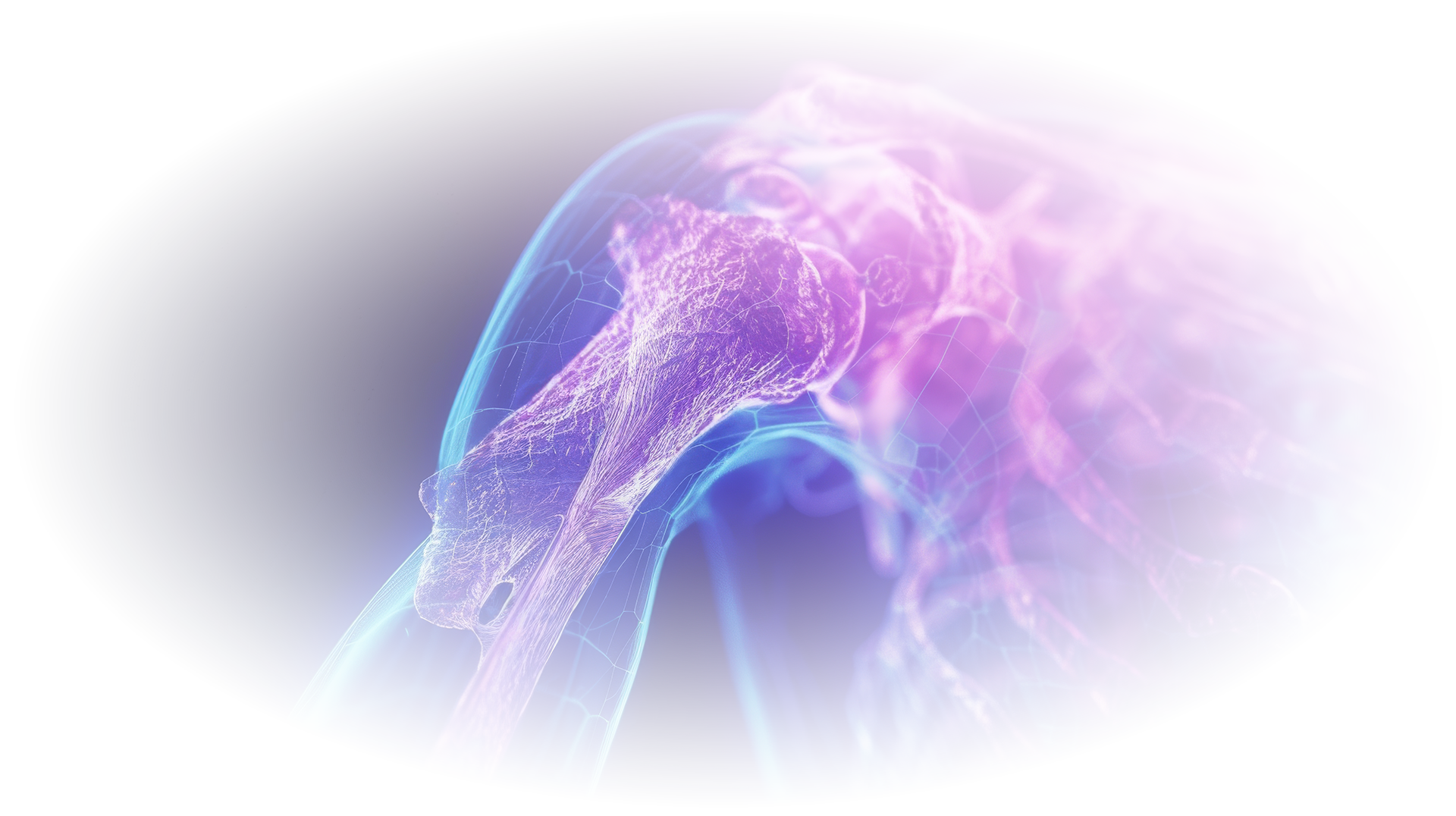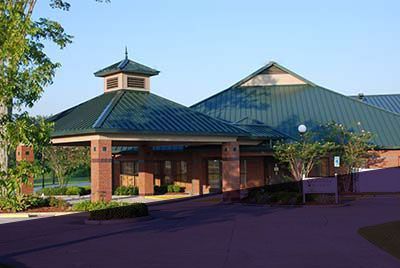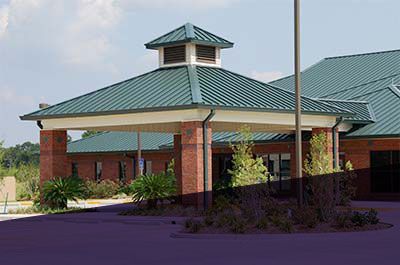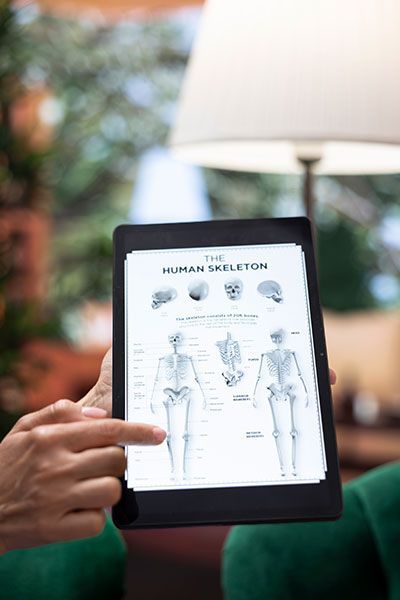Shoulder Pain
Pain we treat
Get shoulder pain relief
Shoulder pain can be caused by a variety of reasons, such as muscle strains, rotator cuff issues, arthritis, or injuries.

shoulder Pain Q & A's
What are some common causes of shoulder pain?
Possible causes of your shoulder pain include:
Muscle Strains
Muscle strain is caused by overuse or injury to a muscle in your shoulder. This pain often feels like tenderness, weakness, and may have swelling, bruising, weakness, or limited movement. Sometimes, muscle spasms may occur.
Rotator cuff
The rotator cuff, which is the tendons that stabilize the shoulder joint, may develop tendonitis or tears. Not all tears require surgical repair, and some people may not be a candidate for surgery due to other health problems. Some people may still have shoulder pain after undergoing rotator cuff repair surgery. This pain is located in the shoulder joint, and is usually accompanied with inability to raise the arm above the head, and reduced range of motion.
Arthritis
Arthritis in the shoulder can be caused by age-related wear and tear, or autoimmune disease. Arthritis pain is often accompanied by popping and cracking in the joint.
treatment options
Muscle strains
- Rest and ice
- Over the counter pain medications such as acetaminophen or ibuprofen
- Physical therapy can also guide you through stretches and strengthening exercises to restore function.
Rotator cuff and arthritis pain
Arthritis and rotator cuff pain without prior surgery can be treated with physical therapy, NSAIDs such as ibuprofen, and corticosteroid injections that go into the joint itself. During the injection, a corticosteroid (a powerful anti-inflammatory drug) and a pain numbing agent is injected into the shoulder through a needle, similar to getting a shot. This procedure is performed in the office and usually takes less than 5 minutes. Relief often lasts from months to years.
Rotator cuff pain after having surgery in the past can be treated with nerve blocks. Sometimes, surgical hardware causes nerve irritation and inflammation. During a nerve block, ultrasound imaging guidance is used to inject corticosteroid injections that go into the joint itself. During the injection, a corticosteroid (a powerful anti-inflammatory drug) and a pain numbing agent into the irritated nerves of the shoulder. This procedure is performed in the office with anesthesia and usually takes less than 15 minutes to perform. Relief often lasts from months to years.
How do you treat shoulder pain?
Depending on your diagnosis, treatment for your pain may include:





